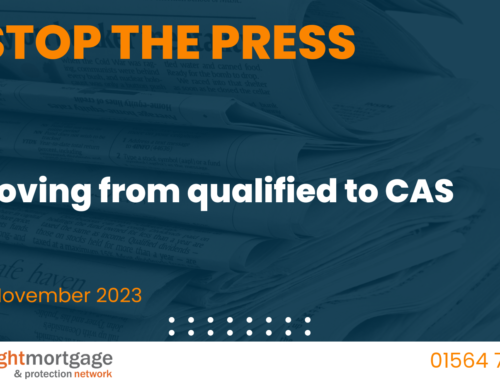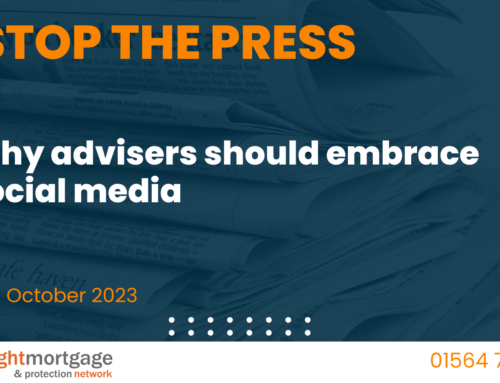The recent data release from accountants, Moore, which looked at HMRC statistics regarding the number of landlords with multiple properties, ostensibly suggested a considerable blow to the PRS and buy-to-let, however, deeper understanding of the sector reveals a culture change in property investment.
According to a report by Moore, the accountants, landlords with between five and nine properties within their portfolio, dropped (for the first time since the financial crisis) from 159,000 two years ago to 157,000 last year.
It could be interpreted as a threat to the PRS, however nothing could be further from the truth; indeed, given the significance and far-reaching impact of all the changes landlords have had to take on board in the past five years, there is an argument to suggest that the numbers should really have dropped by a far bigger number. The fact that they haven’t seems to show the underlying strength of the PRS and the willingness for landlords who are active in the sector to look at the long-term.
Indeed, the number of landlords with more than 10 properties has actually remained constant at 43,000 over the same period. And, if our own business levels are anything to go by, portfolio landlords – which we class, from a regulatory point of view, as those with more than four mortgaged buy-to-let properties – are actually now much more likely to be purchasing, rather than selling up and leaving the sector entirely.
Have the series of changes had an impact? Of course they have. But one would suggest they have been far more influential on those with perhaps one or two properties than those we would class as portfolio participants.
If you only have one property – perhaps held as a potential pension boost – and that is now costing you money rather than making you a profit, then you are more likely to consider whether it is worth holding onto. Especially if there is significant capital within that property – over the past few years you may well have decided that it is worth cashing that in now, rather than holding it any longer.
However, once landlords are into portfolio territory, we would suggest they have a greater number of options. They can potentially move that property from a single tenancy to a multiple tenancy; they can look at reworking and refinancing the portfolio in order to purchase higher-yielding properties perhaps in a different area of the country; they can look at the opportunities that exist in sectors such as multi-unit blocks or HMOs or short-term lets; or they might look to purchase a number of lower-priced properties which deliver yield and have the potential for capital increases.
And the further good news here is that there are considerable numbers of buy-to-let product options for the portfolio landlord who wants to be active beyond the traditional single-let residential property. Advisers, in that sense, have probably never had it so good in being able to match the landlord’s wants and needs with the criteria that lenders like Foundation have available to our portfolio landlord borrowers.
At the heart of property investment has to be a commitment to a long-term approach and a vision of what is achievable over a 10/15/20-year horizon. Property investment is not a ‘get rich quick’ asset and those who take this seriously think nothing of the kind. We are a world away from the pre-Crunch boom days when it might have been possible to turn a considerable profit in a short space of time; anyone investing over the last decade in property will be aware of that.
This is why portfolio landlord activity continues to remain strong and why we as a lender are looking at a variety of ways to support this demographic with products and criteria which fit in with what they wish to do. Any other approach would certainly not chime with the fundamentals of the UK housing market, in terms of what tenants look for and the quality they expect of the properties they rent.
Click here to find out how Foundation can help you with your BTL Portfolio cases.





